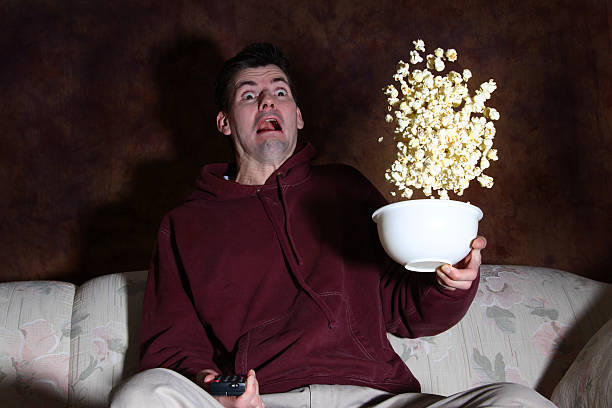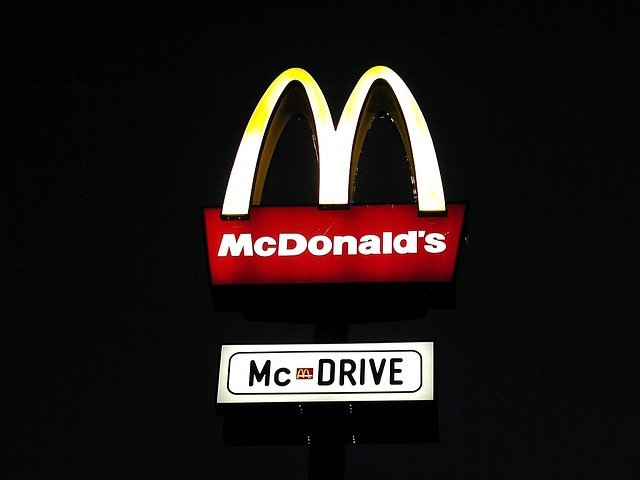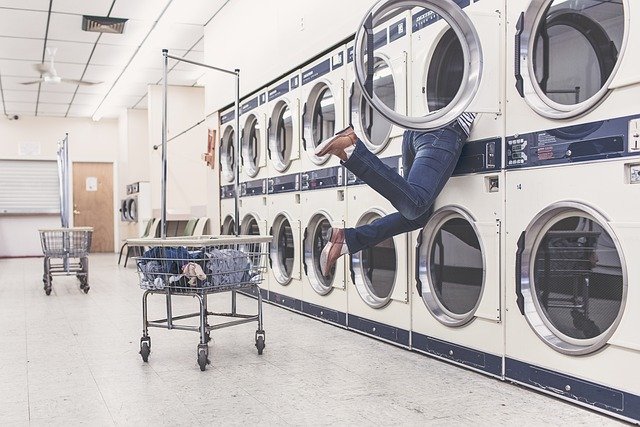The Undeniable Influence of Horror Cinema on Pop Culture
From spine-chilling narratives to grotesque makeup effects, horror cinema has captivated audiences for decades. This genre's impact extends far beyond the silver screen, deeply ingraining itself into popular culture. Let's explore this fascinating journey of horror cinema, delving into the historical context, recent developments, and its cultural significance.

Origins and Historical Context of Horror Cinema
Horror films originated in the late 19th century, with George Méliès’ pioneering short film, “Le Manoir du diable” (The Devil’s Castle), often cited as the first horror movie. However, the genre truly gained momentum in the 1920s and 1930s, with the advent of Universal’s classic monster movies like “Dracula” and “Frankenstein.” These films introduced audiences to the intoxicating blend of fear, suspense, and thrill, setting the standard for horror cinema.
The Evolution of the Genre
Over the years, horror films have evolved, reflecting societal fears and anxieties. The 1950s saw the rise of science fiction horror, influenced by the atomic age’s fears. In contrast, the 60s and 70s saw a surge in psychological horror, as films like “Psycho” and “Rosemary’s Baby” delved deep into the human psyche. The 80s and 90s were dominated by slasher films and supernatural horror, while the 2000s saw a resurgence of zombie films, reflecting global pandemics’ fears.
Horror Cinema Today: A New Golden Age
The current decade has been heralded as a ‘new golden age’ for horror cinema. Directors like Jordan Peele and Ari Aster have revitalized the genre with films like “Get Out” and “Hereditary,” blending horror with social commentary and psychological insight. The genre’s boundaries are constantly being pushed, resulting in innovative, thought-provoking films that challenge traditional horror tropes.
The Impact of Horror Cinema on Pop Culture
Horror cinema’s influence extends far beyond the movie theater. Iconic horror characters have permeated pop culture, from fashion and music to literature and art. For instance, the iconic hockey mask donned by Jason Voorhees in the “Friday the 13th” series has become a symbol of horror, seen on Halloween costumes and merchandise worldwide. Additionally, horror films have inspired numerous songs, books, and artworks, showcasing the genre’s enduring cultural significance.
Horror Cinema: A Mirror to Our Fears
Ultimately, the enduring appeal of horror cinema lies in its ability to reflect our deepest fears and anxieties. Whether it’s the fear of the unknown, the fear of death, or societal fears, horror films allow us to confront these fears in a safe environment. This cathartic experience, coupled with the genre’s innovative storytelling and unforgettable characters, ensures horror cinema’s enduring popularity and influence on popular culture.
In conclusion, horror cinema’s impact on pop culture is undeniable. From its humble beginnings to its current golden age, the genre has evolved, reflecting societal fears and pushing the boundaries of storytelling. With its enduring cultural significance and influence on pop culture, horror cinema continues to captivate audiences worldwide, proving that our fascination with fear is far from fading.




